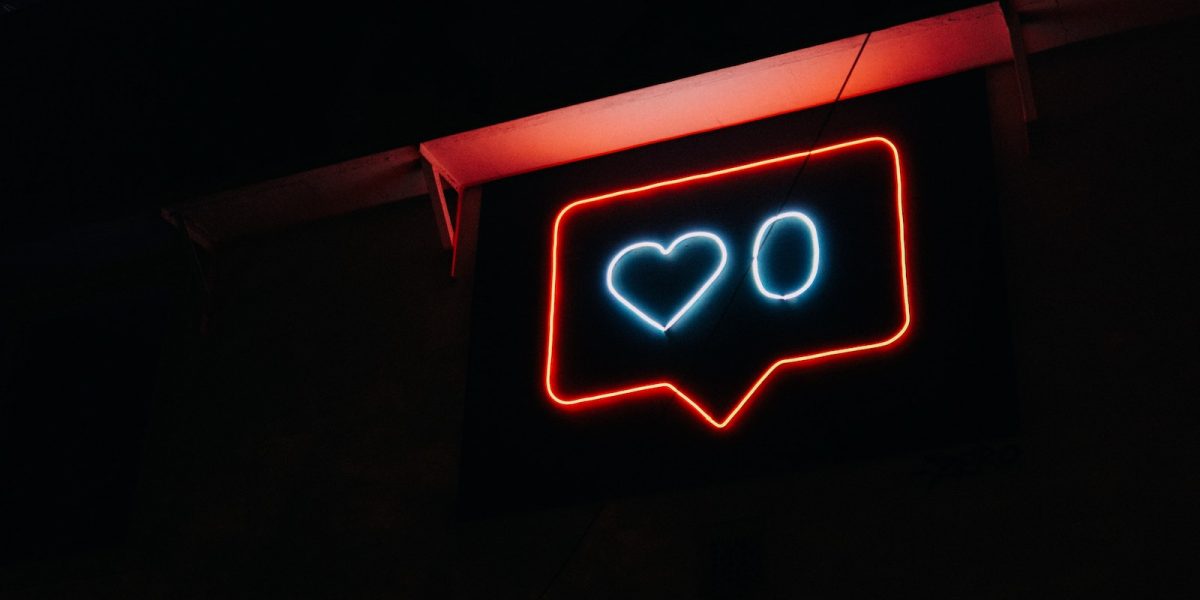A new study that analyses the history of in-store customer experience and anticipates how the store of the future will look has been released.
Carried out by Mood Media, global leader in elevating customer experience, the research highlights retail innovations that represent key milestones in the evolution of the customer experience from the 19th century through to the present day and beyond.
Valentina Candeloro, international marketing director at Mood Media says: “Customer experience allows brands to sell products or services by creating an emotional connection with their consumers – an intangible asset that is gaining more value at a time of accelerated digitalisation.”
Mood – along with with Bruno Daucé, Keynote speaker, Professor and Researcher in Retail and Marketing at the University of Angers, France – has answered how stores can optimise customer experience today and tomorrow.
The team analyzed eight historical periods, going from 1800 to 2050, identifying and observing different indicators of customer experience in each era: store format, atmosphere, services offered to customers, shop windows and payment methods. Four key lessons could be drawn from the analysis:
Emotion as the core vector of the customer experience:
This goes back to the 18th century with the creation of the first commercial galleries in France, Italy and the UK. In the 19th century, the movement grew with the advent of department stores. With their size, broad choice of products and technological innovation of their time (electricity), they succeeded in revolutionising the consumer journey, laying the foundations of modern commerce. Sensorial marketing started developing in the ‘20s with the first recorded backgound music. In 1970 we witnessed the advent of shop windows. The brands of tomorrow will be able to measure emotional data, referred to as “feel data”.
Personalization:
Customization applies to all criteria of the customer experience (store format, services, products or customer relationship). This is a trend that intensified with the development of geolocalization, the arrival of 3D printing and augmented reality. Personalized prices will soon follow – could this be the end of standard pricing?
Experience vs flows management:
At the beginning of the 20th century, customers became more autonomous, due to different factors, such as price tags and changing rooms. Grocery stores started developing their strategy around the management of flows, while retailers started focusing on the concept of pleasure and experience, e.g: Selfridges in London. For Bruno Daucé: “Today, these logics have merged. The grocery sector seeks to integrate in its experience the purchase-pleasure while retailers, via its cross-channel strategies, must assimilate the management of flows”.
Stores as life environments:
Will physical stores still need to exist when customers may be able to see products via augmented reality or even 3D print them at home? Is there a point in keeping brick and mortar shops open? The history of the customer experience shows that physical stores have become part of our lives, where we go to discover, be inspired and socialise. Additionally, time is a factor that still needs to be considered. Even when deliveries are made by drones, or products can be printed at home, nothing will be faster than choosing, testing, trying and buying an item.
For more information please contact the MOOD press team at [email protected] or [email protected]. Mood is the global leader in Elevating Customer Experience through the right combination of sight, sound, scent, systems and social mobile technologies.With more than 500,000 active client locations around the globe, we consult and serve businesses of all sizes and market sectors, from the world’s most recognized retailers and hotels to quick-service restaurants, local banks and thousands of small businesses. For more details: www.moodmedia.com



